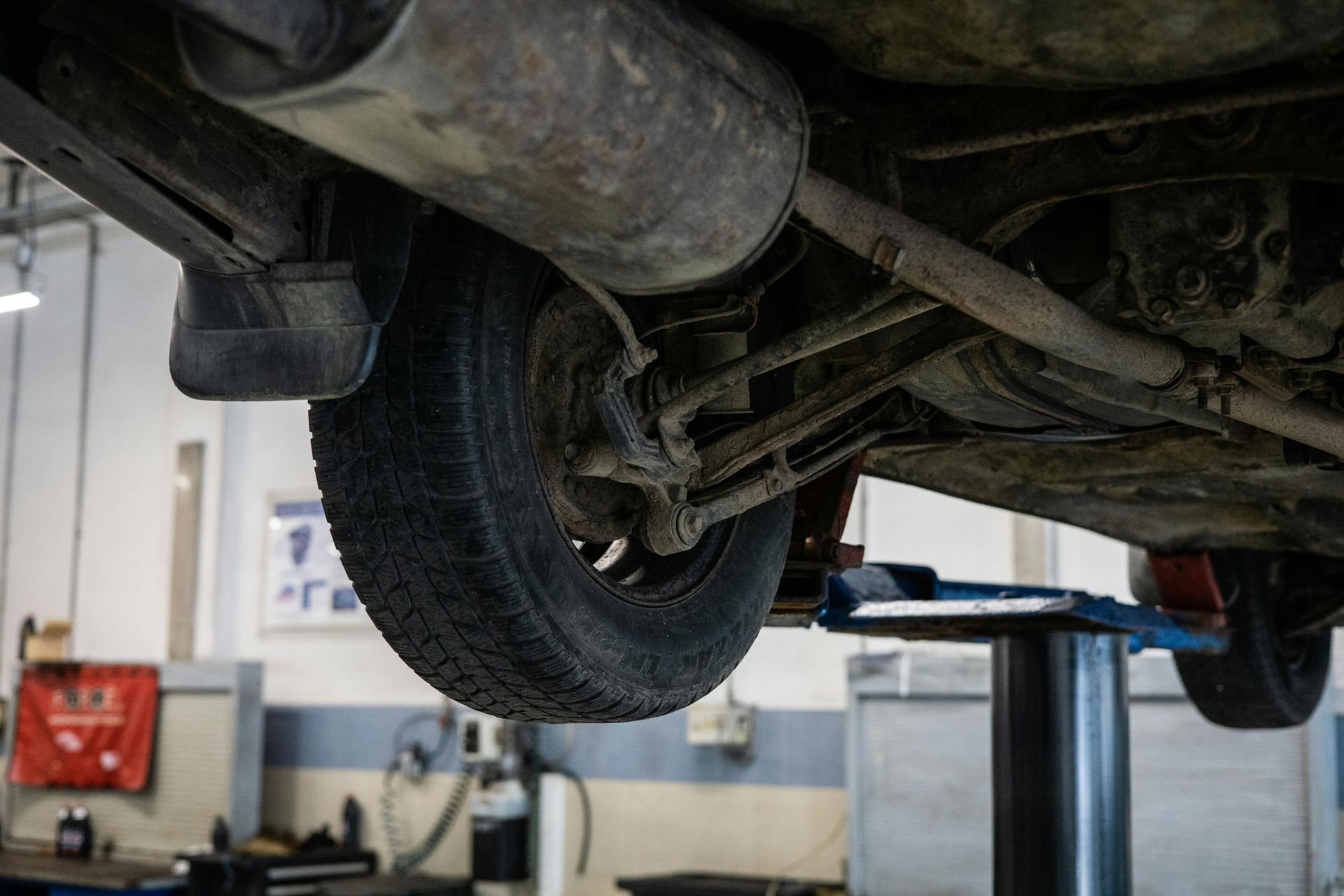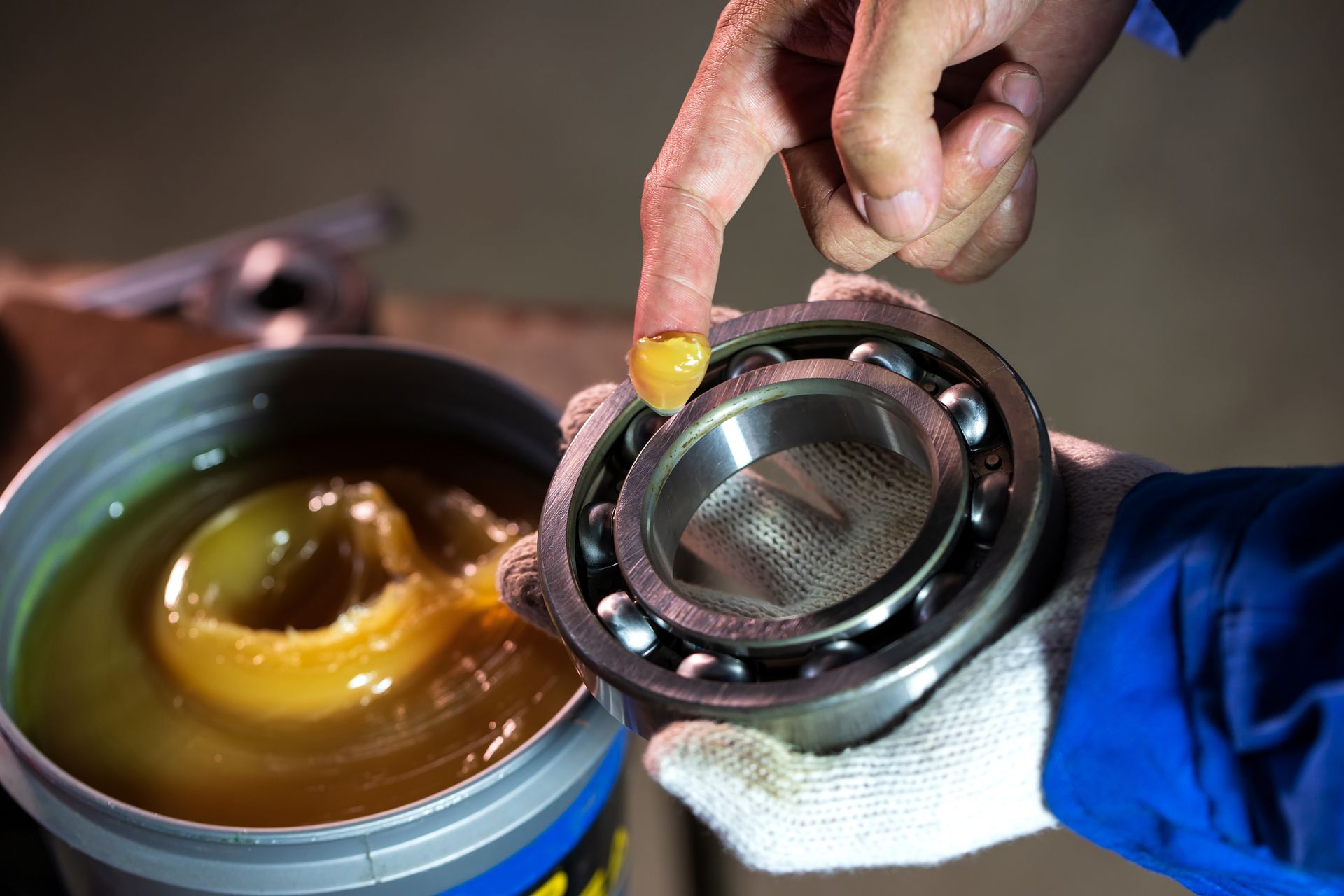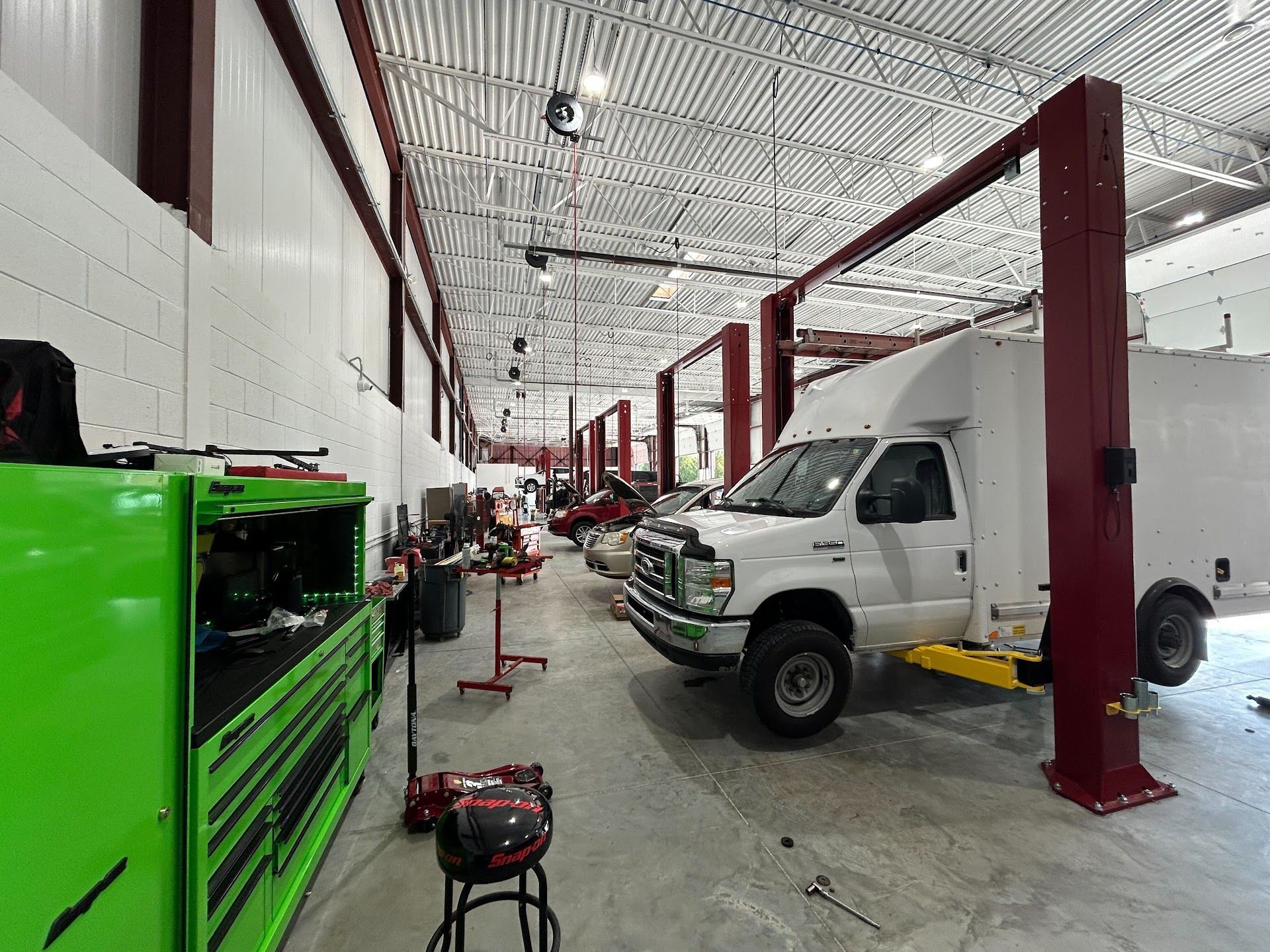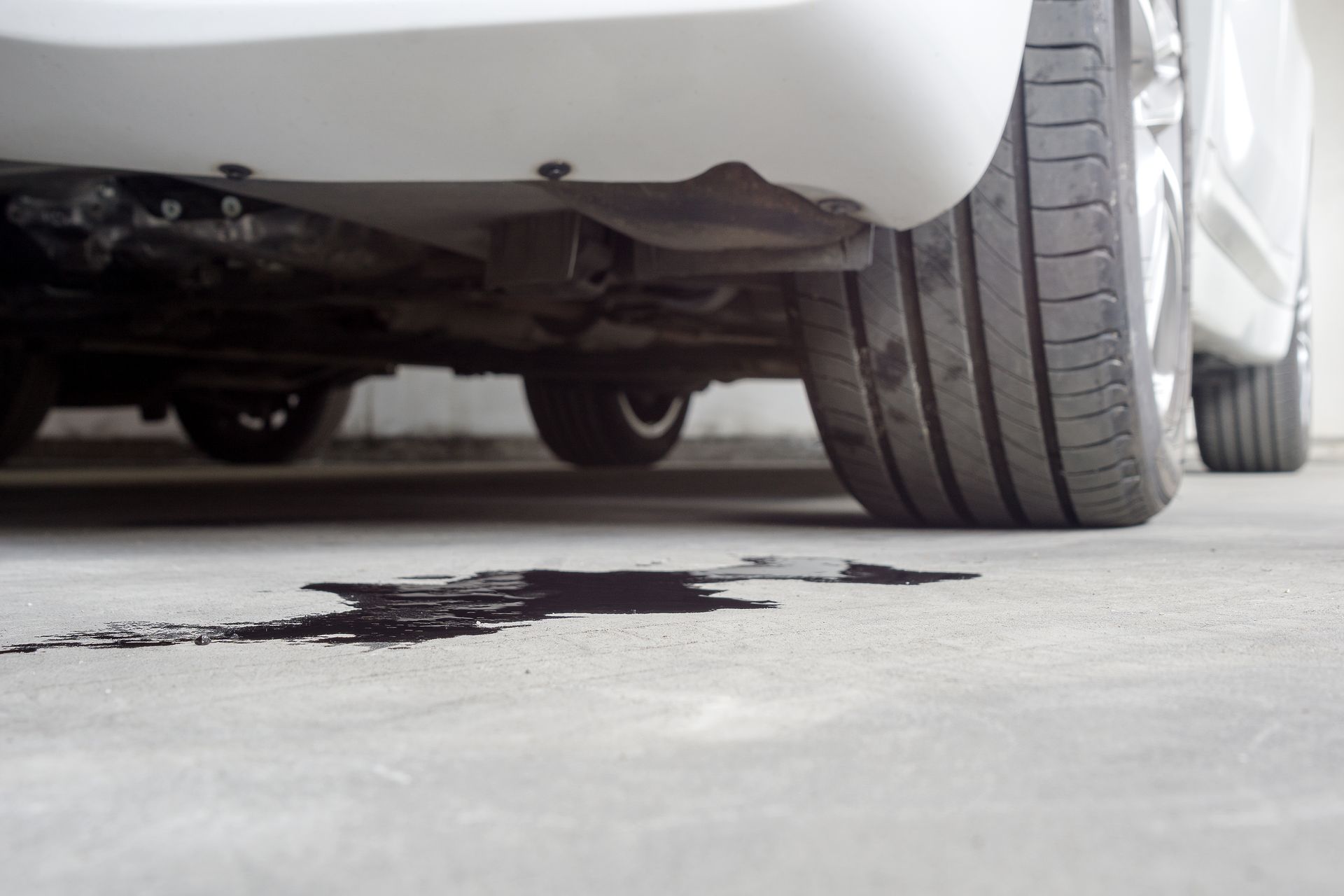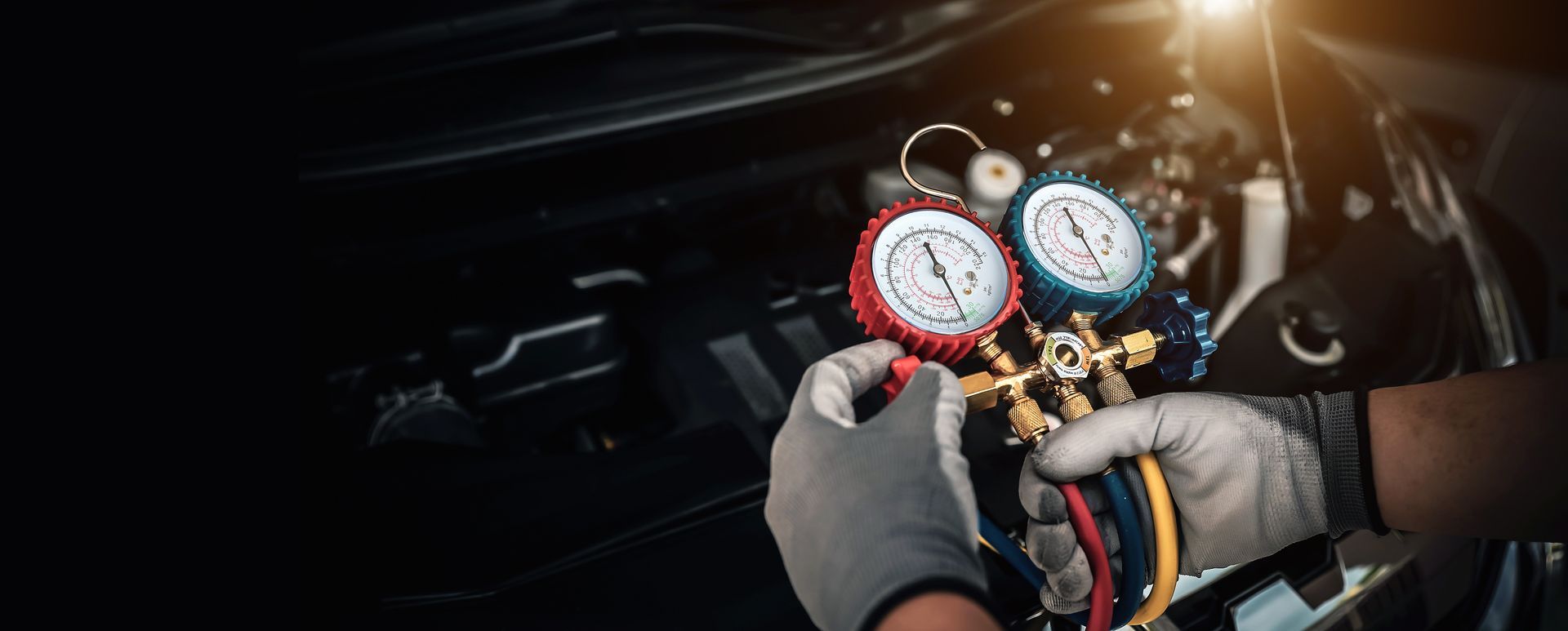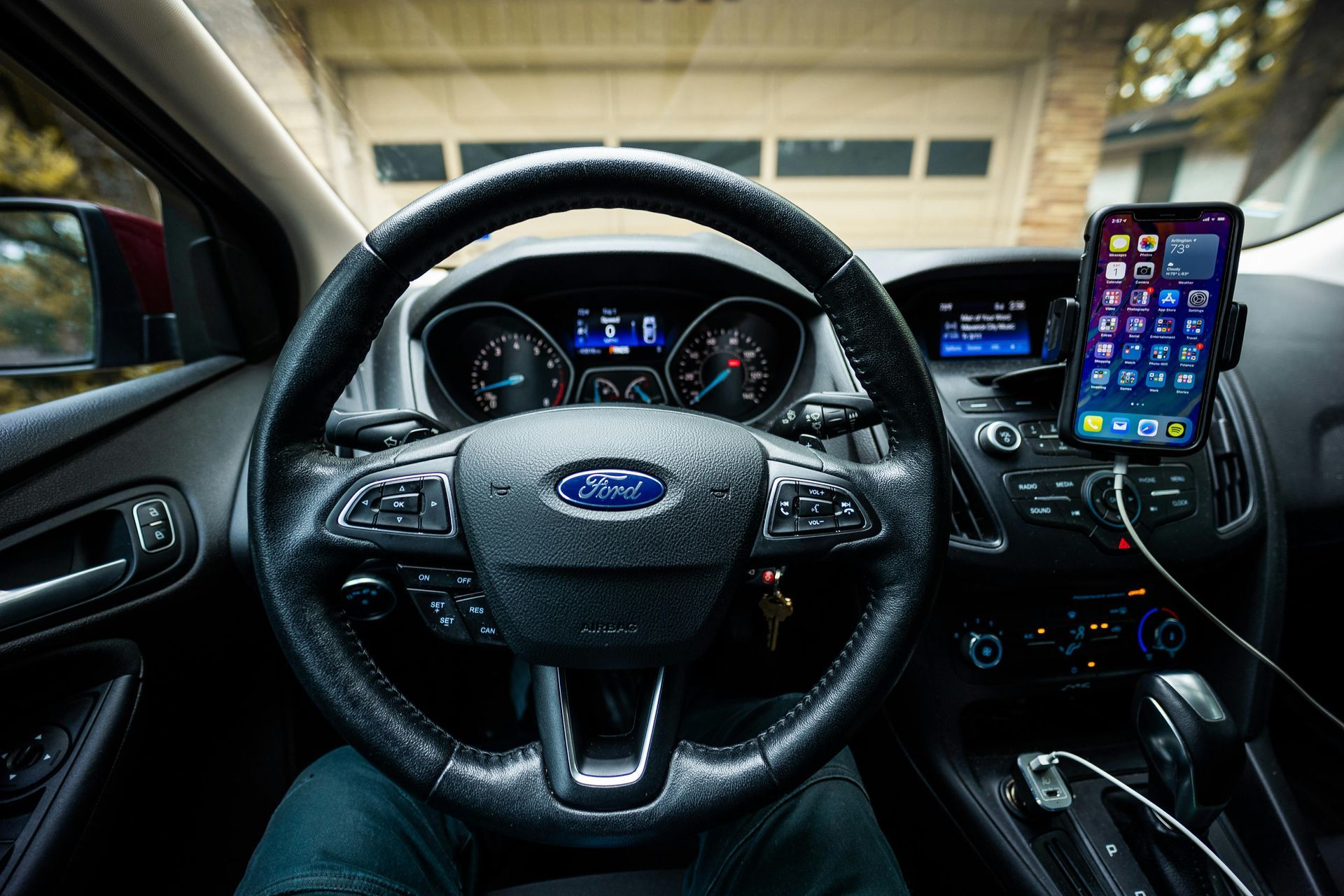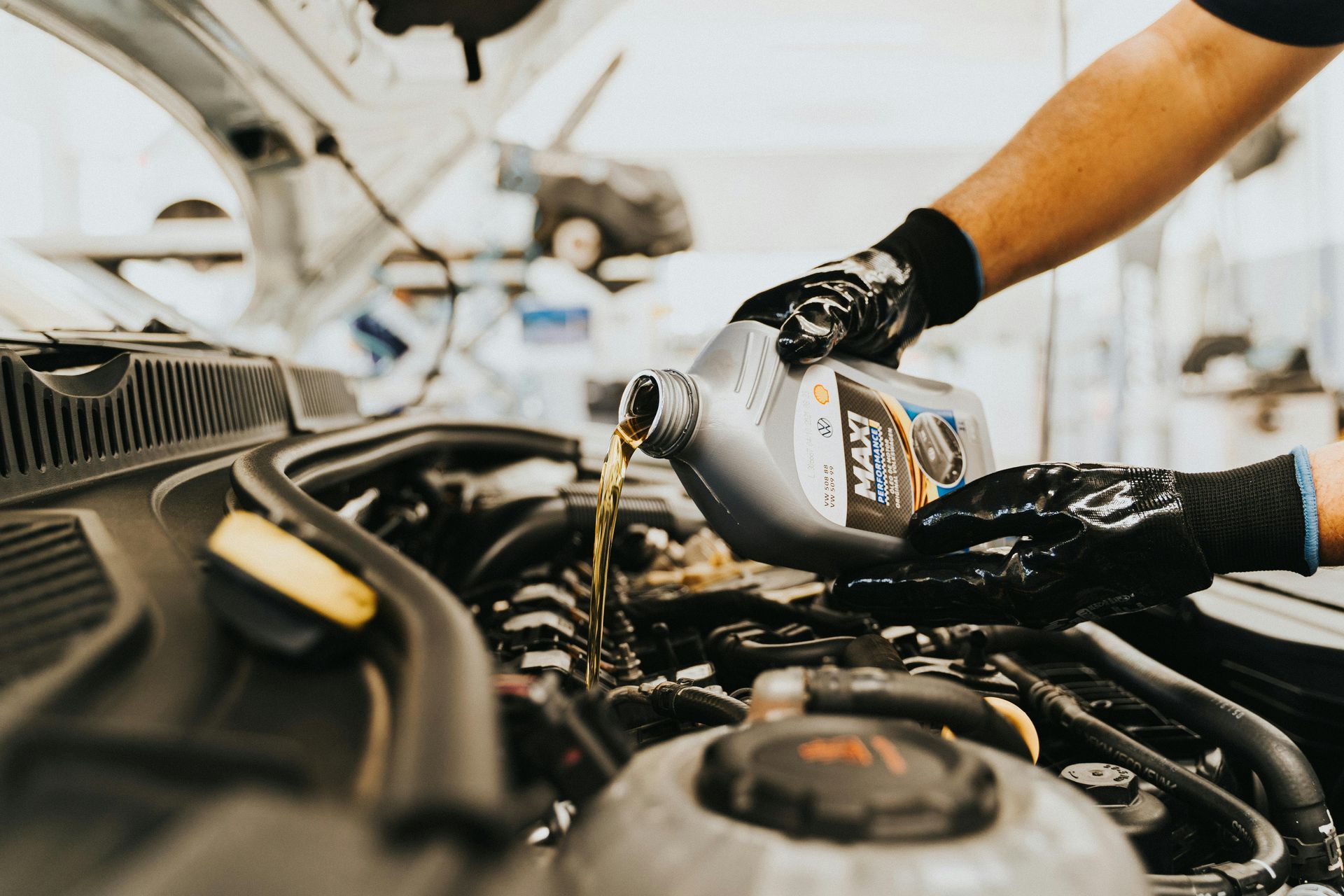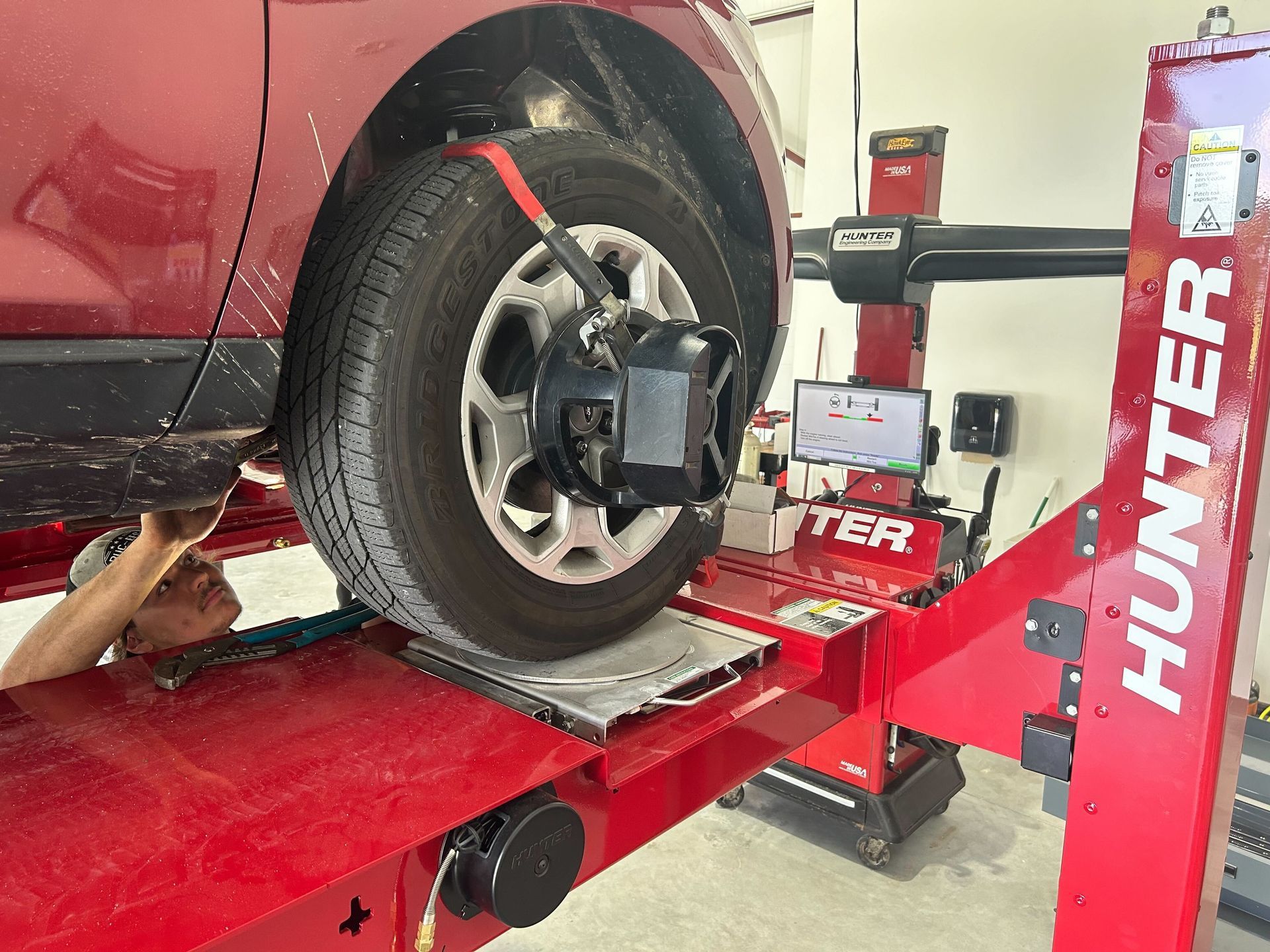Speedometer vs GPS: Why They Show Different Speeds (And When to Worry)
You're cruising down I-94, and you glance at your phone's GPS. It shows you’re driving 68mph, but your speedometer reads 70mph. Is something wrong with your car? Should you trust the GPS or your dashboard?
Here's the truth from our years serving drivers throughout Macomb and St. Clair Counties: a 2-3 mph difference is completely normal, and a GPS is typically more accurate than your speedometer. But before you assume your speedometer is broken, there are some important things Michigan drivers need to understand about why these readings differ—and when a larger discrepancy signals a real problem.
The Short Answer: A GPS Is More Accurate (But Your Speedometer Isn't Broken)
After diagnosing hundreds of speedometer concerns at our auto shop, here's what we consistently see: A GPS provides more accurate speed readings than your vehicle's speedometer under most driving conditions. A modern GPS is accurate to within about 0.1mph when it has a clear view of the sky.
Your speedometer, on the other hand, typically reads 2-3mph higher than your actual speed. We see this pattern across virtually every make and model that comes through our bays. This isn't a defect—it's normal speedometer behavior.
If you notice the following, you have nothing to worry about:
- A 2-3mph variance at highway speeds
- A slightly higher GPS reading when driving older vehicles with worn tires
- A consistent difference that doesn't fluctuate
If you’re driving and notice any of the following, you should contact a local auto shop:
- A 5+ mph difference at highway speeds
- Your speedometer jumps around or fluctuates
- Warning lights appear alongside speedometer issues
- You have new tires that are a different size than before
Your GPS might actually be wrong when you’re driving:
- Through tunnels or parking garages (signal loss)
- In downtown areas with tall buildings
- Through heavy tree cover on rural roads
If you're experiencing speedometer discrepancies consistently over 5 mph or if your speedometer fluctuates erratically, ourspeedometer diagnostic services can identify whether you're dealing with normal variance or a problem that needs professional assistance.
Why Your Speedometer Shows a Different Speed Than GPS
Speedometers calculate speed based on wheel rotations. Your vehicle's computer converts those rotations into a speed reading based on your tire diameter. The system assumes you're running the exact tire size your vehicle came with from the factory, and that those tires are new.
GPS takes a completely different approach. It calculates your speed by tracking your position changes using satellite signals, independent of your vehicle's mechanical systems. GPS doesn't care about your tire size, tire wear, or vehicle calibration—it simply measures how fast you're moving across the ground.
The 2 Most Common Reasons Your Speedometer and GPS Don't Match
1. Tire Size Changes (The Number One Culprit)
This is what we see most often, especially during the winter. Customers change their tire or wheel size, and suddenly their speedometer doesn't match GPS. Here in Macomb and St. Clair Counties, people typically change their tires twice a year—once before winter starts and again in the spring once the snowy weather is gone.
Even when winter tires are listed as the "same size" as summer tires, the actual diameter can vary 1-3% between brands and tread patterns. When you mount winter tires, your speedometer's calibration suddenly doesn't match the actual tire diameter.
Larger tires cover more ground with each rotation. Install tires 3% larger in diameter, and your speedometer reads 3% lower than actual speed. Your speedometer doesn't know you changed tire sizes; it still uses factory calibration.
We see this problem in the following common scenarios:
- Aftermarket wheel packages on trucks and Jeeps
- Lift kits with larger tires
- Different tire sizes than original equipment
- Winter tire diameter differences
Many Michigan drivers who switch tires for a few months can simply be aware of the 2-3 mph variance and adjust mentally. But if you want precise accuracy, our speedometer calibration service can reprogram your computer for winter tire diameter.
2. Tire Wear Gradually Changes Your Speed Reading
As tires wear down over thousands of miles, their diameter decreases. The result? Your speedometer gradually reads higher as your tires wear.
As tires wear down, the overall diameter decreases 1-3%. A smaller diameter means less ground covered per rotation, but your speedometer doesn't automatically adjust. A vehicle with brand-new tires showing a speed 2mph higher than your GPS might show a speed 4 mph high after 50,000 miles of wear. Nothing’s broken—the tires simply got smaller through normal use.
This is why speedometer variance tends to go in one direction. Between factory calibration and inevitable tire wear, speedometers drift toward reading higher rather than lower.
Should You Trust Your Speedometer or GPS?
Trust your speedometer to avoid getting pulled over. Even though it can read 2-3 mph higher than actual speed, that cushion works in your favor—you're going slower than indicated, making it less likely that you get pulled over for speeding.
Your GPS is excellent for checking speedometer accuracy. On a clear day with good satellite reception, compare readings on a straight highway. If your speedometer consistently reads 2-3mph higher than your GPS, that's normal and you learned your vehicle's variance.
Can You Calibrate Your Speedometer Yourself?
We get this question from DIY-minded drivers all the time, and we completely understand wanting to handle it yourself.
Here’s the honest answer. Modern speedometer calibration isn't something you can do at home, and it's not because shops want to gatekeep the work—it's because of how the technology actually works.
Older vehicles with mechanical speedometers used cables that could be physically adjusted. But modern electronic speedometers calculate speed through your vehicle's Engine Control Module (ECM), which is programmed at the factory for your specific tire diameter, transmission ratios, and sensor configuration.
To recalibrate a modern speedometer, you need to reprogram the ECM itself by updating the tire diameter value it uses to calculate speed. This requires manufacturer-specific software that isn't available to the public, along with the technical knowledge to access and modify ECM parameters without affecting other vehicle systems.
Consumer-grade OBD-II scanners can read speed sensor data and display your current calibration, but they can't reprogram the ECM. That capability is restricted to factory-level diagnostic equipment.
If your speedometer reads 2-3 mph higher and you're comfortable just being aware of it, you don't necessarily need a calibration. Many drivers simply do the mental math and adjust accordingly. But if you've installed significantly different tire sizes, your variance exceeds 5 mph, or you need accurate odometer readings for a lease return or vehicle sale, a professional calibration is really your only option.
Auto DR has served Macomb and St. Clair County drivers since 2012 with honest, expert automotive care. Our ASE-certified technicians provide cost-effective solutions, whether that's explaining your variance is normal, a quick calibration after tire changes, or comprehensive sensor repairs. Call us at (586) 271-6646 to discuss your concerns, we're here to help.
Frequently Asked Questions About Speedometers
Is it normal for my speedometer to read higher than GPS?
Yes, it's completely normal. From what we see in our shop every day, speedometers typically read 2-3 mph higher than a GPS shows at highway speeds. This happens for practical reasons—speedometers are calibrated for brand-new tires at the factory, and as tires wear over their lifetime, the speedometer gradually reads higher. A 2-3 mph difference between your speedometer and GPS is what we'd consider typical and doesn't indicate a problem.
Why does my speedometer show a different speed after I changed tires?
Your speedometer calculates speed based on wheel rotations, and it's calibrated for a specific tire diameter. When you install different size tires—even if they're marketed as the "same size"—the actual diameter can vary enough to affect accuracy. Larger tires cause your speedometer to read low because each rotation covers more ground. Smaller tires cause your speedometer to read high. Even small diameter differences of 1-3% translate to noticeable speedometer variance.
Do winter tires affect speedometer accuracy?
Yes, winter tires can affect speedometer accuracy if their diameter differs from your summer tires. Here in Michigan, we see this question constantly during October and November tire changeover season. Many drivers notice a 1-3 mph difference after switching to winter tires because "same size" tires from different brands or with different tread patterns have slightly different actual diameters. Whether this requires a professional calibration depends on how much the diameter differs and whether precise accuracy matters for your driving habits.
How accurate is the GPS speed on my phone?
A modern GPS is highly accurate under ideal conditions—typically within 0.1 mph when it has a clear view of multiple satellites. That's remarkably precise. However, GPS accuracy drops in tunnels, parking garages, downtown areas with tall buildings, or under heavy tree cover. For highway driving with clear sky visibility, like most roads throughout Macomb and St. Clair Counties, your GPS provides more accurate speed readings than your speedometer.
Can I recalibrate my speedometer myself?
Modern electronic speedometers require professional equipment to recalibrate. The process involves reprogramming your vehicle's ECM (engine control module) to account for new tire sizes or correcting sensor calibration. This isn't something you can do with consumer-grade OBD-II scanners or phone apps. It requires manufacturer-specific programming tools and procedures. What you can do yourself is test your speedometer accuracy using GPS or highway mile markers to understand your vehicle's specific variance.
Will a bad speedometer affect other parts of my car?
Yes, potentially—and this is important. Modern vehicles use the same speed sensor data for multiple systems including transmission shifting, cruise control, ABS, and traction control. If your speedometer is erratic or accompanied by warning lights, the underlying sensor problem could affect these other critical systems. A failing speed sensor might start as a speedometer annoyance but can progress to transmission shifting issues or disabled ABS if left unaddressed. This is why we always diagnose the root cause rather than treating speedometer problems as isolated issues.



